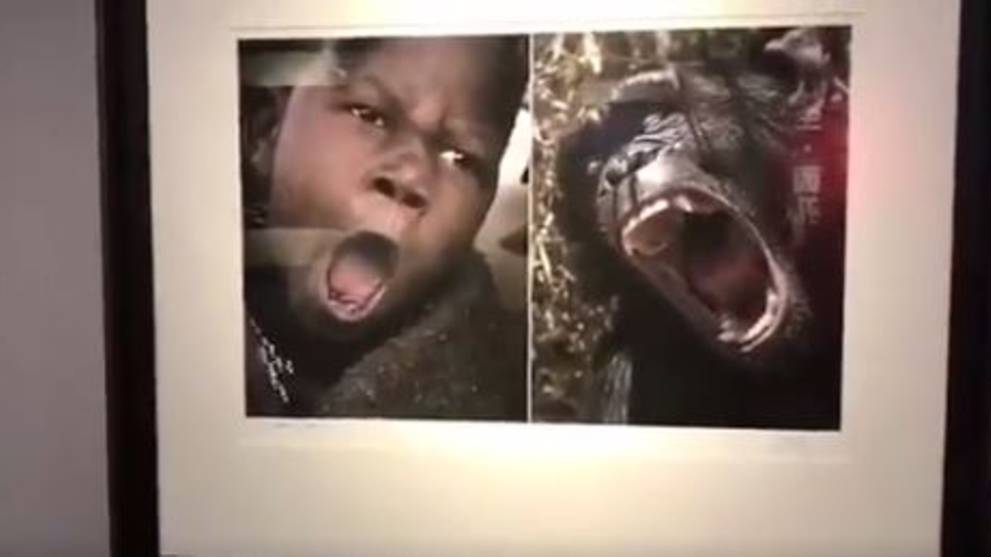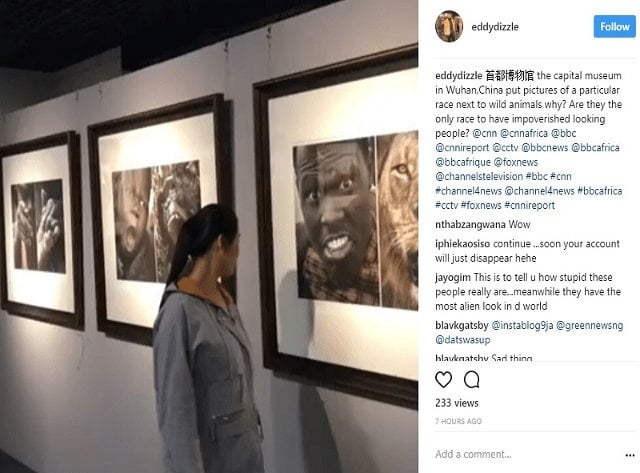Politics
A Chinese Museum Has Removed Photographs Comparing Africans to Animals After a Public Outcry
"This Is Africa" at the Hubei Provincial features photographs by Yu Huiping.

"This Is Africa" at the Hubei Provincial features photographs by Yu Huiping.

Sarah Cascone

In an incident that has now attracted global attention, a Chinese art exhibition has pulled photographs that seem to compare black people from Africa with the continent’s wild animals after accusations of racism. The show, “This Is Africa,” on view at the Hubei Provincial Museum since September 28, features some 150 photographs by Yu Huiping.
“To show our goodwill and sincerity, we have replaced the photos that our African friends find shocking,” curator Wang Yuejun told Agence France Presse, noting that the photos meant to “show the harmony between man and animal in Africa.” Yu, the vice president of the Hubei Photographers Association, has visited Africa some 20 times over the past decade.

Edward E. Duke posted on Instagram about Yu Huiping’s photographs that seem to compare black people and wild animals Courtesy of Edward E. Duke via Instagram.
Backlash against the work began after museum visitor Edward E. Duke, who is from Nigeria, shared a video of the exhibition on Instagram, writing “China put pictures of a particular race next to wild animals why? Are they the only race to have impoverished looking people?” He tagged CNN, CNN Africa, the BBC, Fox News, and a variety of other news sources in the post.
It has since been removed, but not since going viral after being reported on by Shanghaiist.
Among the offending images was a set of photos featuring a young boy and a chimpanzee, both yelling, and a shot of a grimacing man paired with one of a growling lion. (More images can be found at Quartz.) According to Shanghaiist, the section of the show is titled “‘相由心生,’ a Chinese idiom that means something like ‘outward appearance follows inner reality.'”
Wang claimed the museum made the decision to juxtapose the two sets of photos, not the artist. “In Chinese proverbs, animals are always used for admiration and compliment,” he told the New York Times, noting that comparisons between people and animals are often positive in China, and that “the target of the exhibition is mainly a Chinese audience.”
The paper noted that “casual racism is common in China,” and news outlets have compared the controversial exhibition, which has welcomed 170,000 visitors, to other recent race-related outrages in the country, which include a soap ad that replaced a black man with a Chinese one midway through, and an unfortunate WeChat translation that turned the Chinese word for “black foreigner” into a slur.